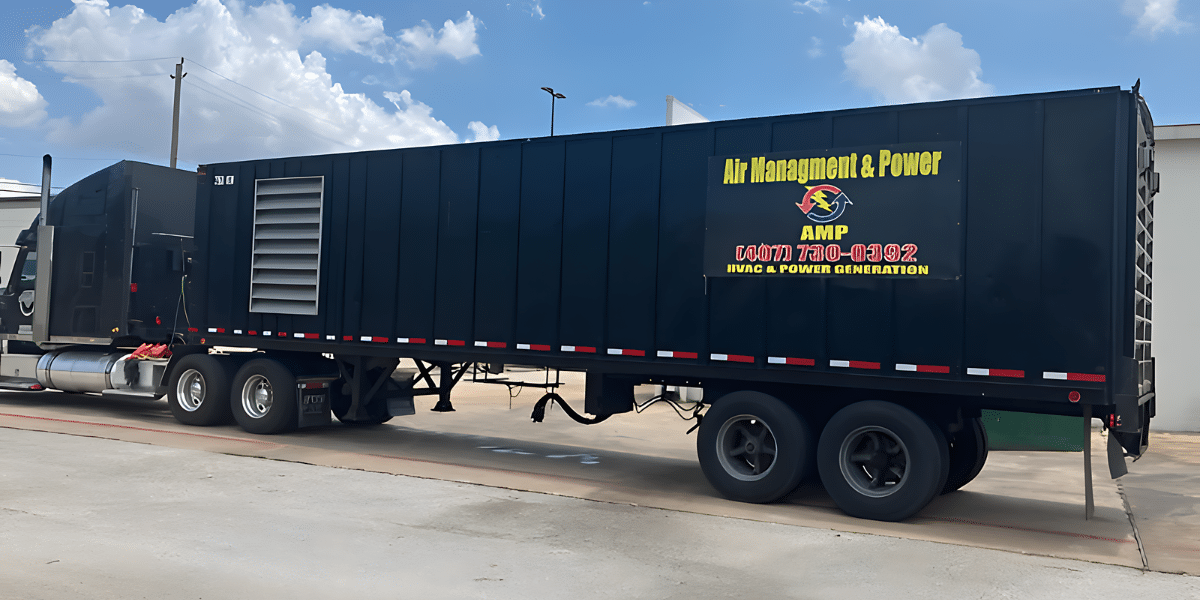Flame photometry is a reliable analytical technique used for elemental determination in various fields, including environmental science, geology, and agriculture. This method is particularly significant in Wyoming, a state known for its rich natural resources and diverse landscapes. With its vast mineral deposits, fertile soils, and unique ecosystems, Wyoming presents a wealth of opportunities for studying elemental composition and understanding the interactions between natural resources and the environment.
As a dedicated Senior Research Officer like Uduak Onofiok Luke, who brings expertise in biochemistry and research and development, leveraging flame photometry can lead to valuable insights into Wyoming’s natural resources.
Flame photometry, also known as flame atomic emission spectrometry, relies on the principle of atomic emission. When a sample containing elements of interest is introduced into a flame, the atoms absorb energy from the flame and become excited. As these excited atoms return to their ground state, they emit light at characteristic wavelengths, which can be measured to identify and quantify the elements present in the sample.
One of the key advantages of flame photometry is its simplicity and speed. Unlike other analytical techniques that require complex sample preparation and instrumentation, flame photometry can provide rapid results with minimal sample processing. This makes it well-suited for routine analysis and field studies where efficiency is crucial.
In Wyoming, where industries such as mining, agriculture, and energy production play significant roles in the economy, flame photometry can be used to monitor elemental concentrations in soil, water, and plant samples. For example, in mining areas, flame photometry can help assess the impact of mining activities on soil and water quality by measuring concentrations of elements such as heavy metals. Similarly, in agricultural settings, flame photometry can aid in soil fertility management by determining levels of essential nutrients like potassium, calcium, and magnesium.
Furthermore, flame photometry can contribute to environmental monitoring efforts in Wyoming’s pristine wilderness areas. By analyzing elemental composition in air and water samples, researchers can track changes over time and assess the effectiveness of conservation measures. This is particularly important in preserving sensitive ecosystems and wildlife habitats.
In addition to environmental applications, flame photometry finds use in geology and mineral exploration. Wyoming’s geological diversity, including its famous formations like the Yellowstone Caldera and the Big Horn Basin, presents opportunities for studying elemental composition in rocks and minerals. By analyzing trace elements using flame photometry, geologists can gain insights into the formation processes and geological history of these regions.
Moreover, flame photometry can support research in renewable energy development, an area of interest for professionals like Uduak Onofiok Luke. Wyoming has vast potential for renewable energy resources, including wind, solar, and geothermal energy. Analyzing elemental composition in biomass, biofuels, and other renewable energy sources can aid in optimizing production processes and evaluating environmental sustainability.
As a reliable and versatile analytical technique, flame photometry plays a crucial role in advancing scientific knowledge and promoting sustainable development in Wyoming’s natural resource sectors. By leveraging the expertise of professionals like Uduak Onofiok Luke, who possess a strong background in biochemistry and research, the state can harness flame photometry to address pressing environmental challenges and ensure the responsible utilization of its abundant natural resources.
Published by: Martin De Juan






